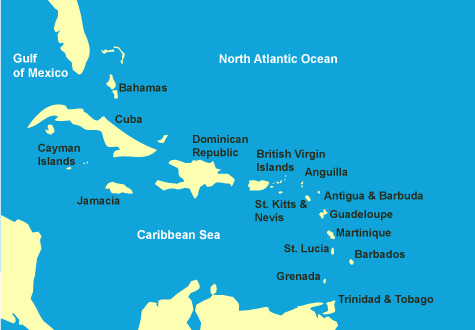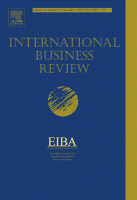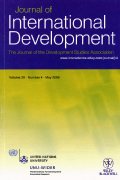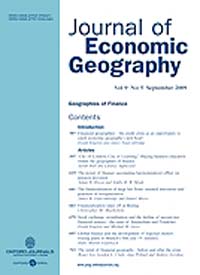Tijdschrift voor economische en sociale geografie 106, 2: 205-219.
The article is co-authored with Lorenzo Cassi and Andrea Morrison.
Scientometric studies provide a good way of understanding why and how international research collaboration occurs. Our study investigates patterns of international scientific collaboration in wine related research. We test a gravity model that accounts for geographical, cultural, commercial, technological, structural and institutional differences among a group of Old World (OW) and New World (NW) producers and consumers. Our findings confirm the problems imposed by geographical and technological distance on international research collaboration.





